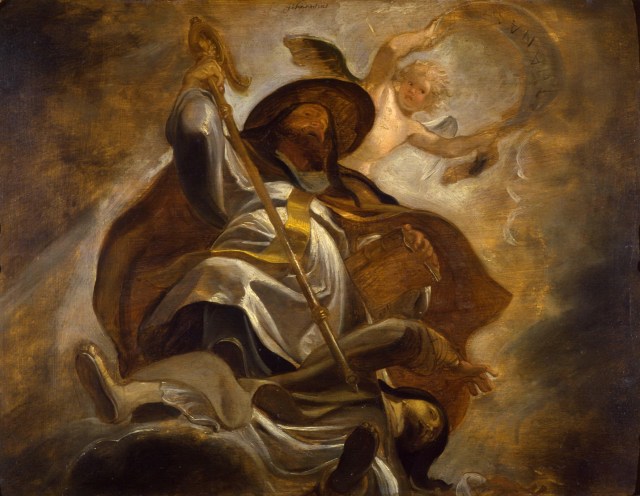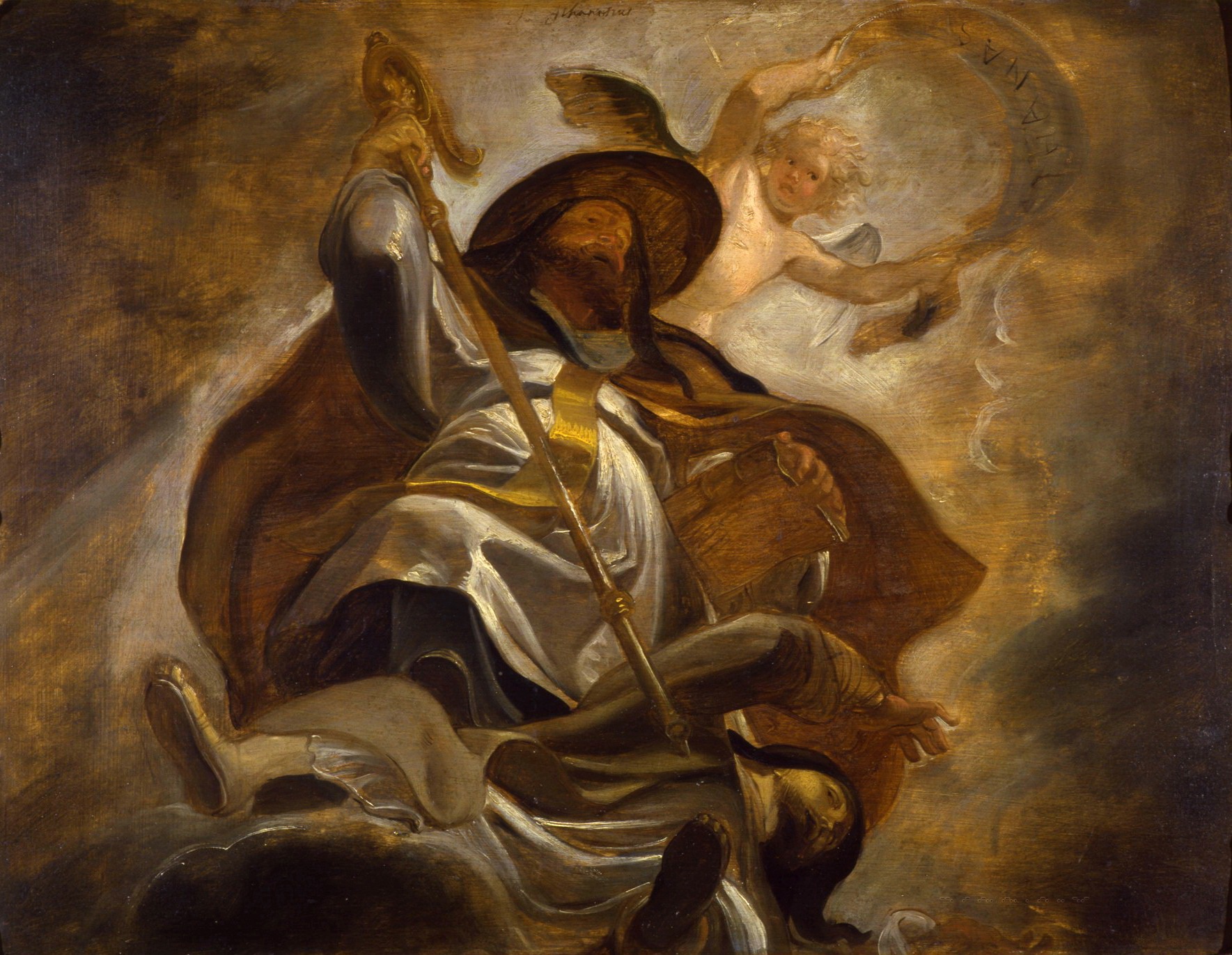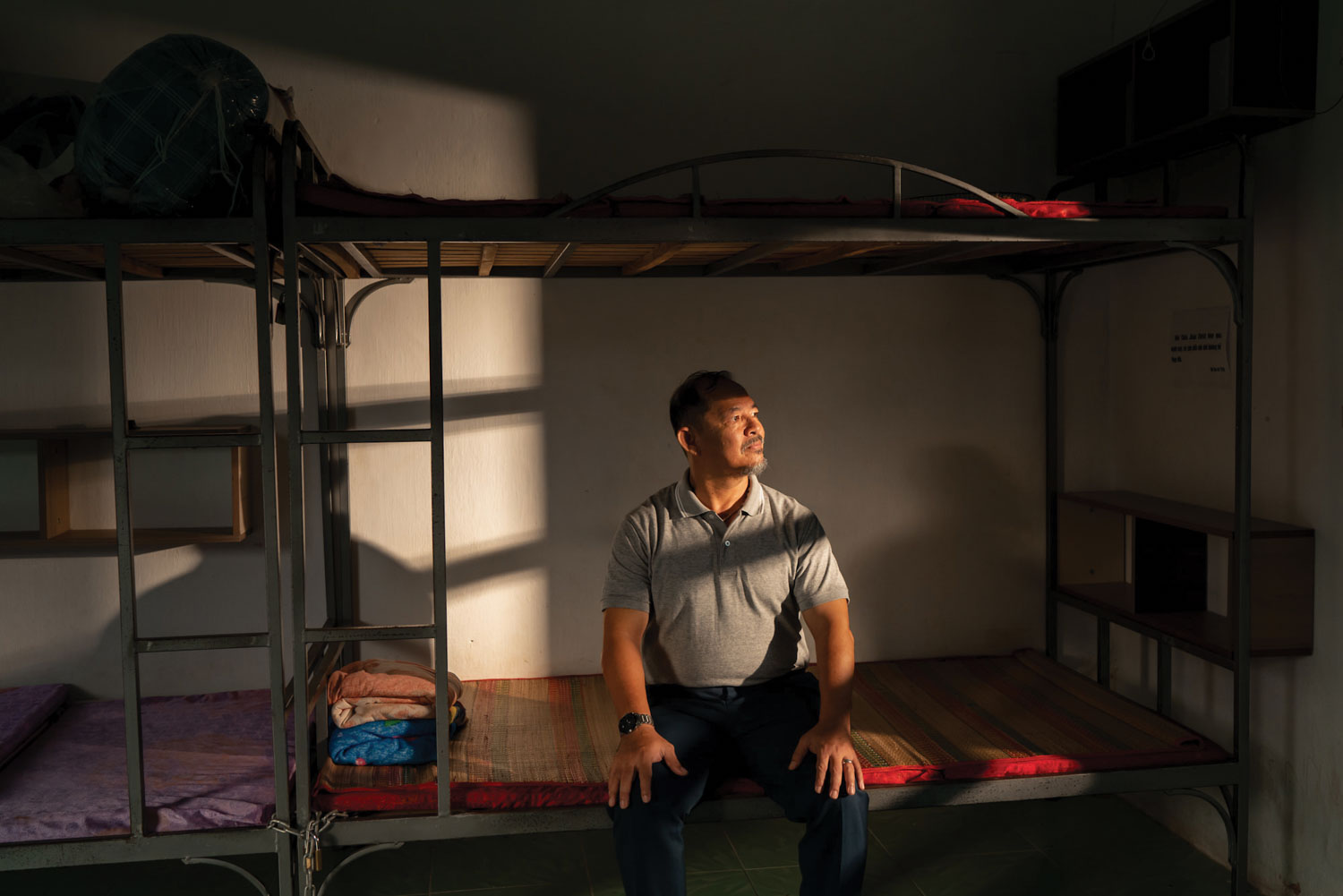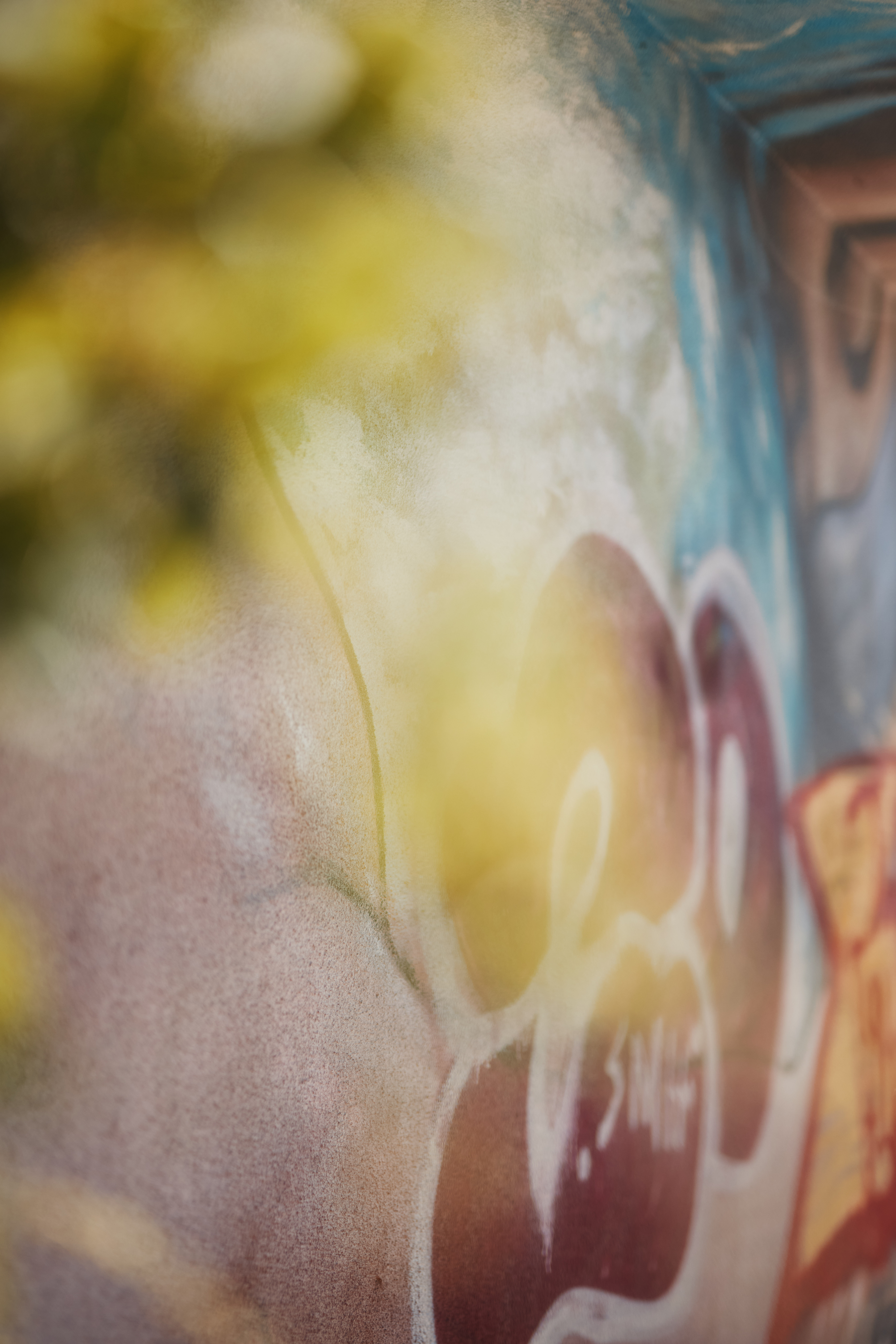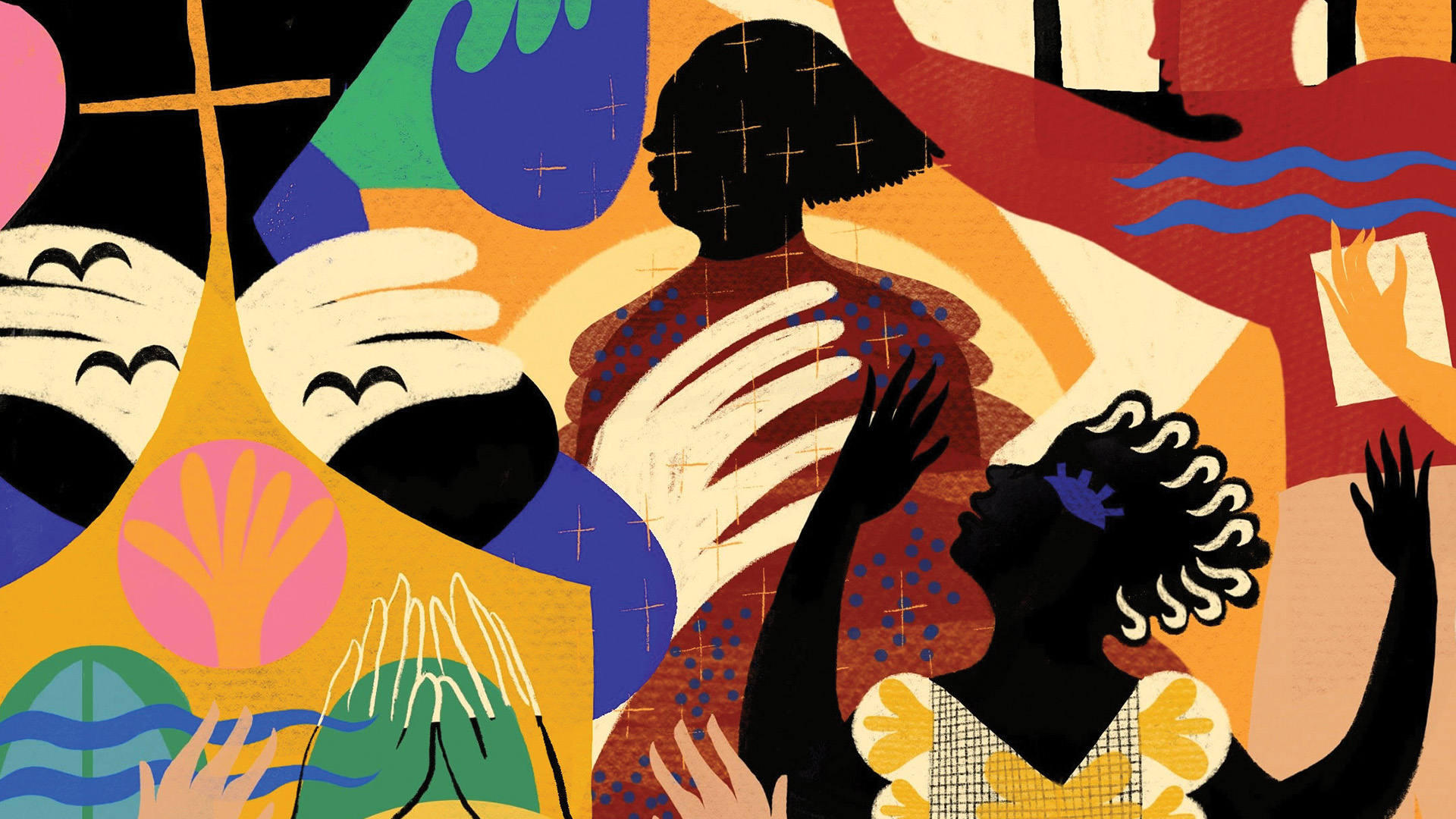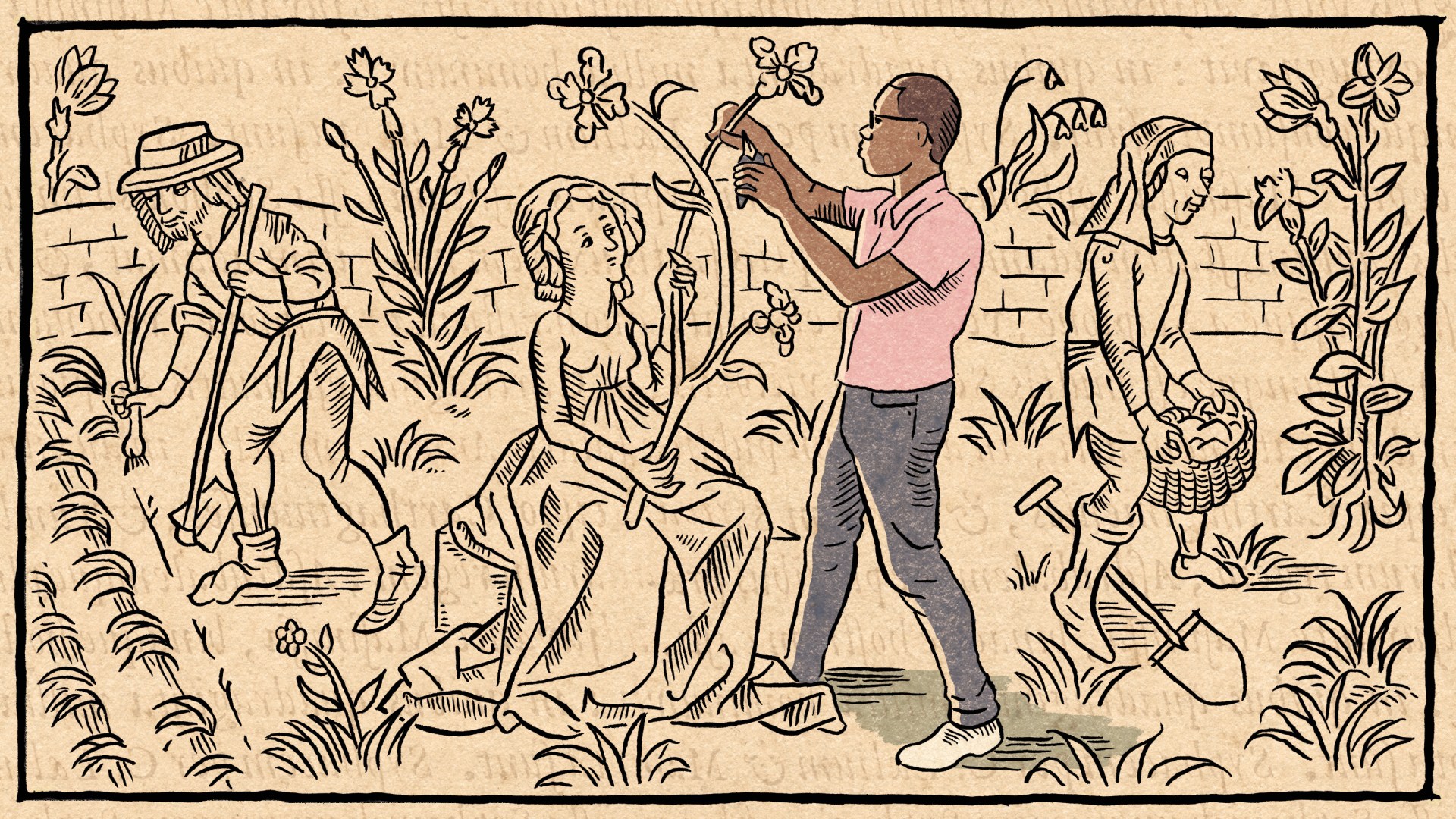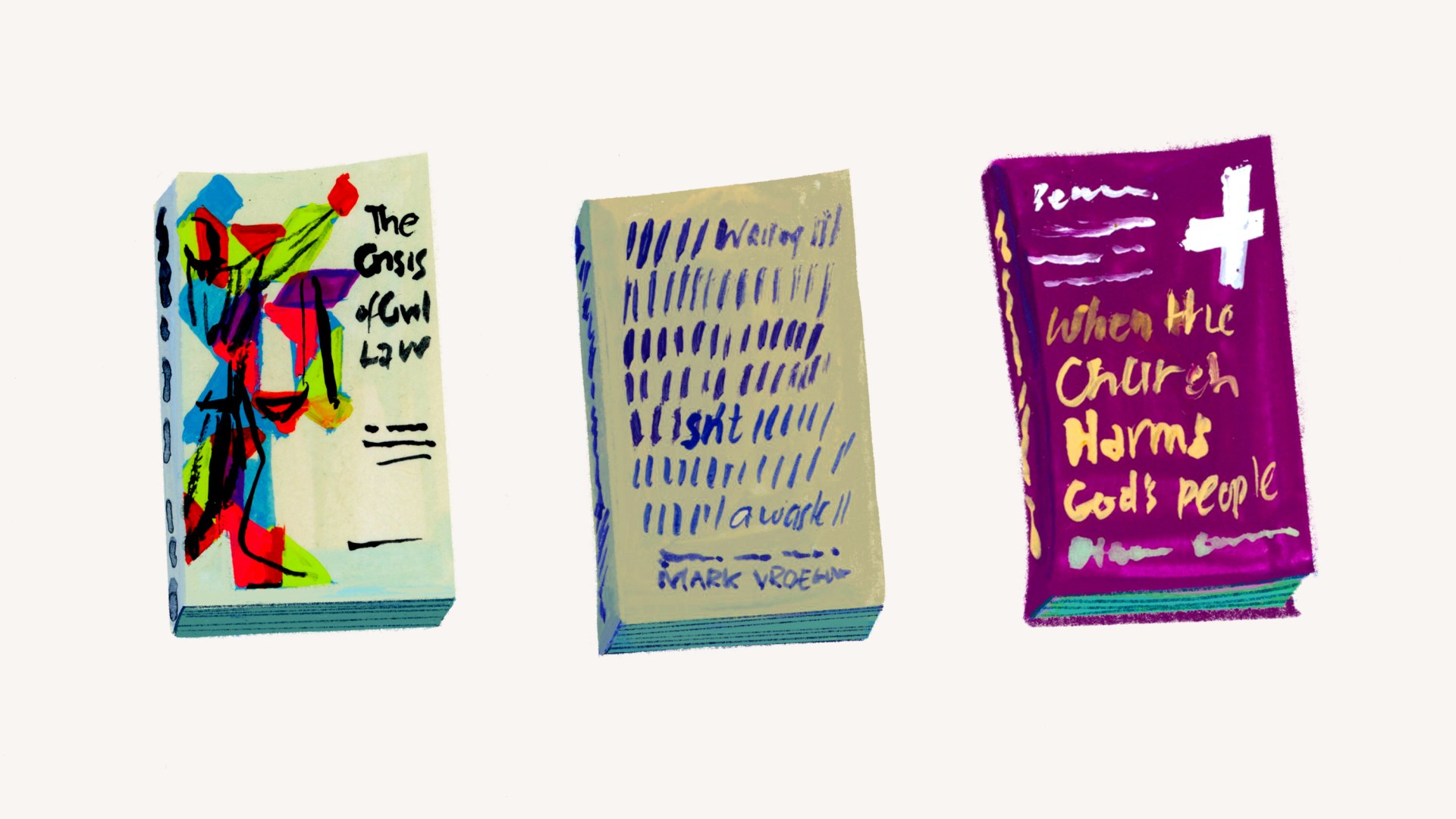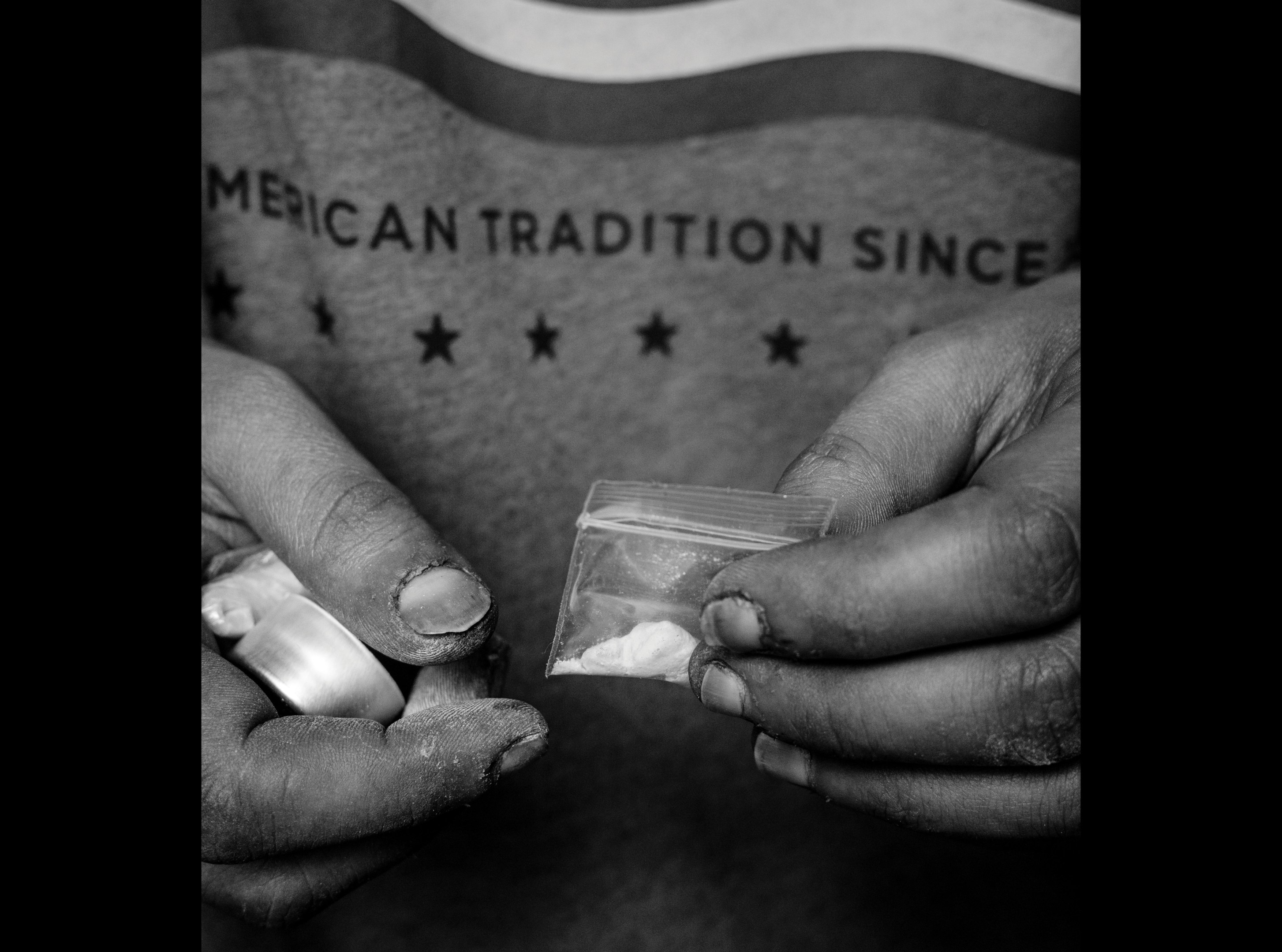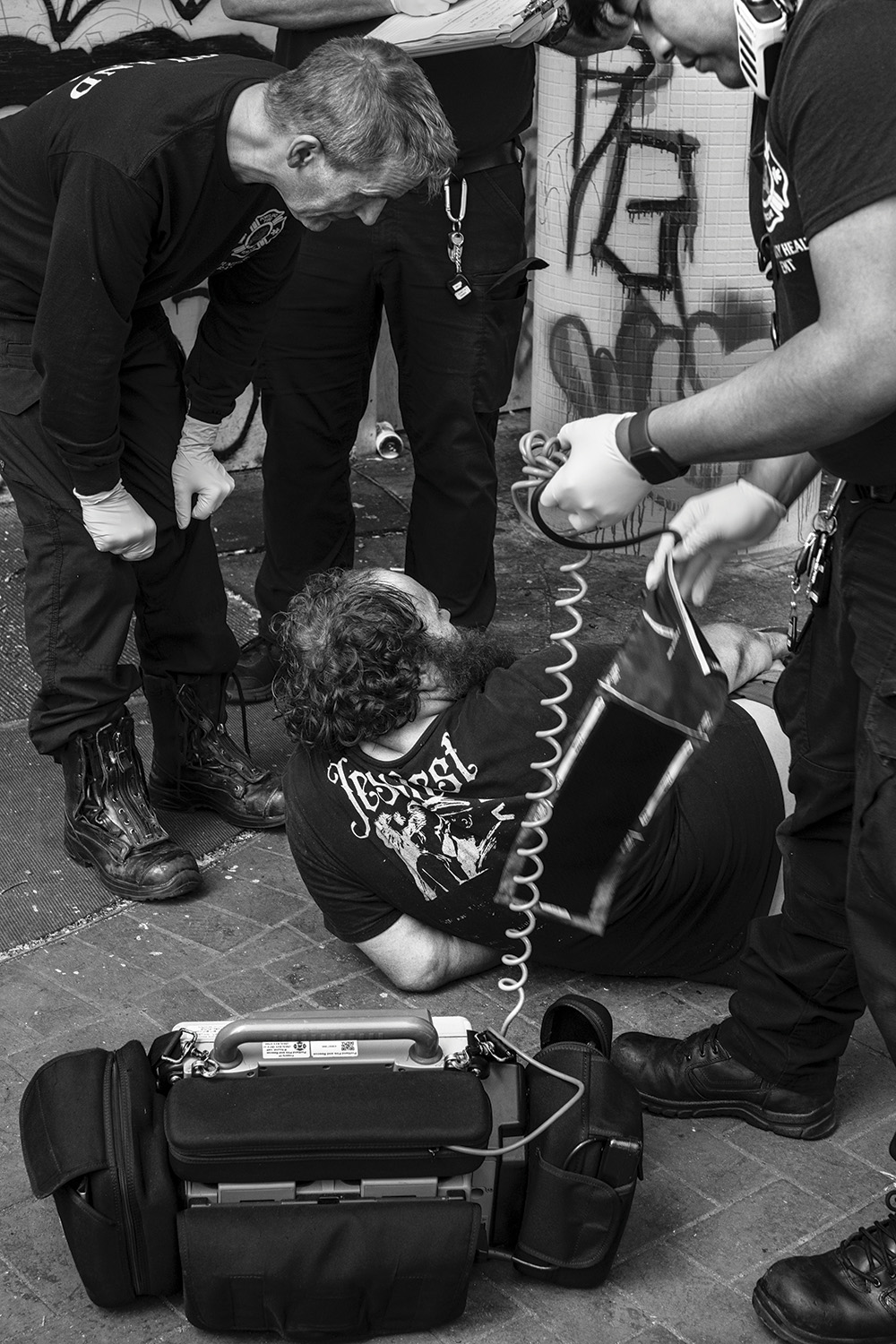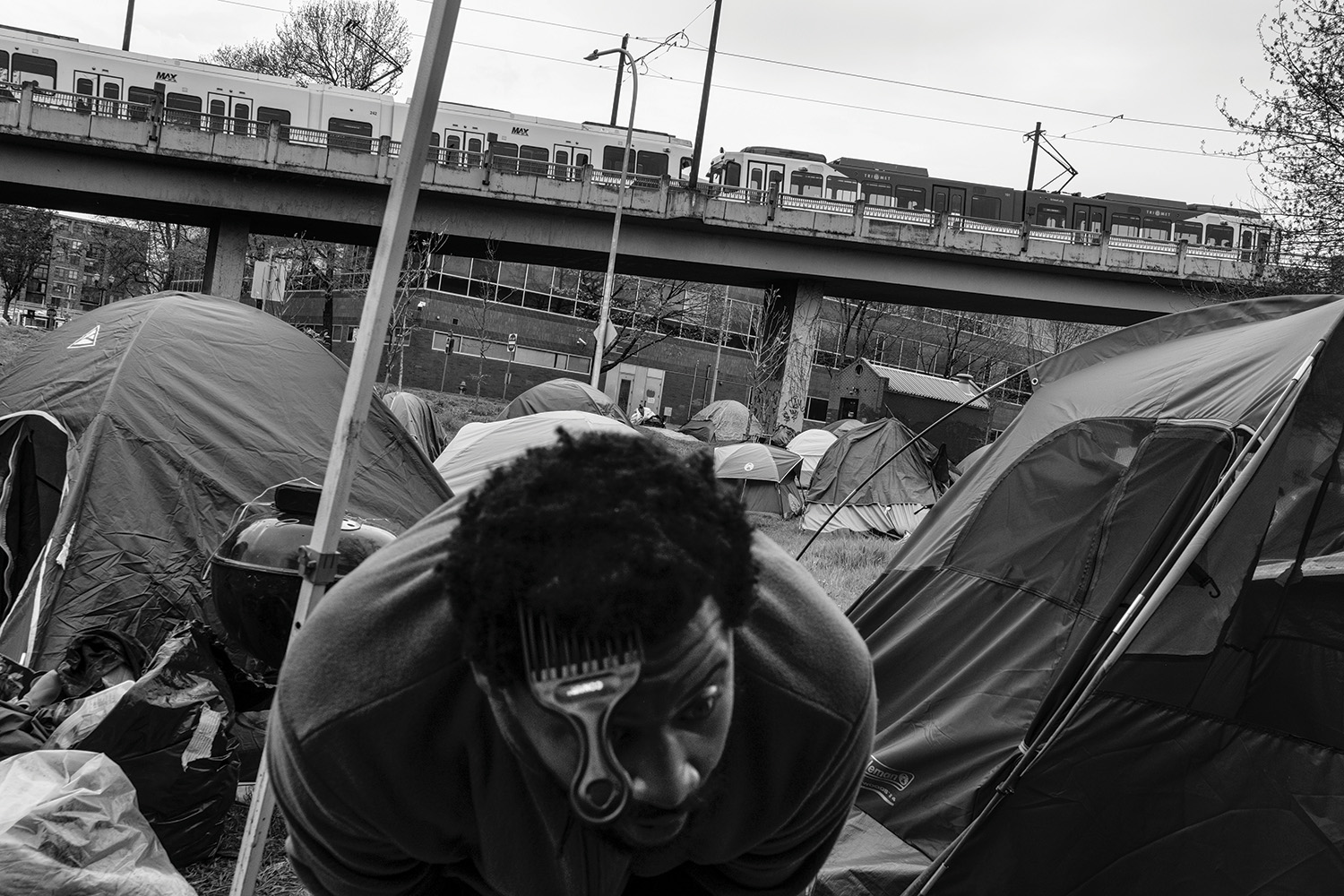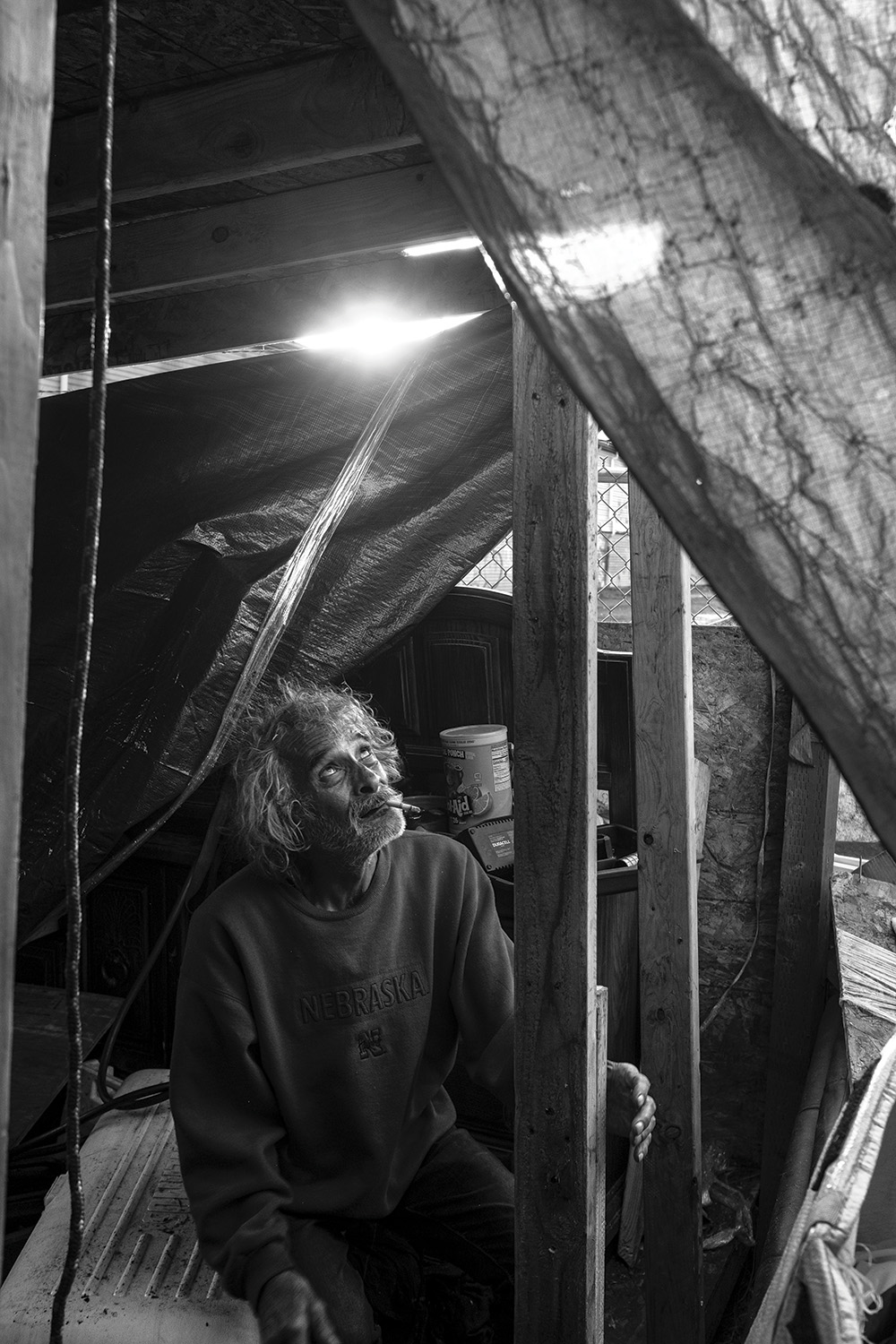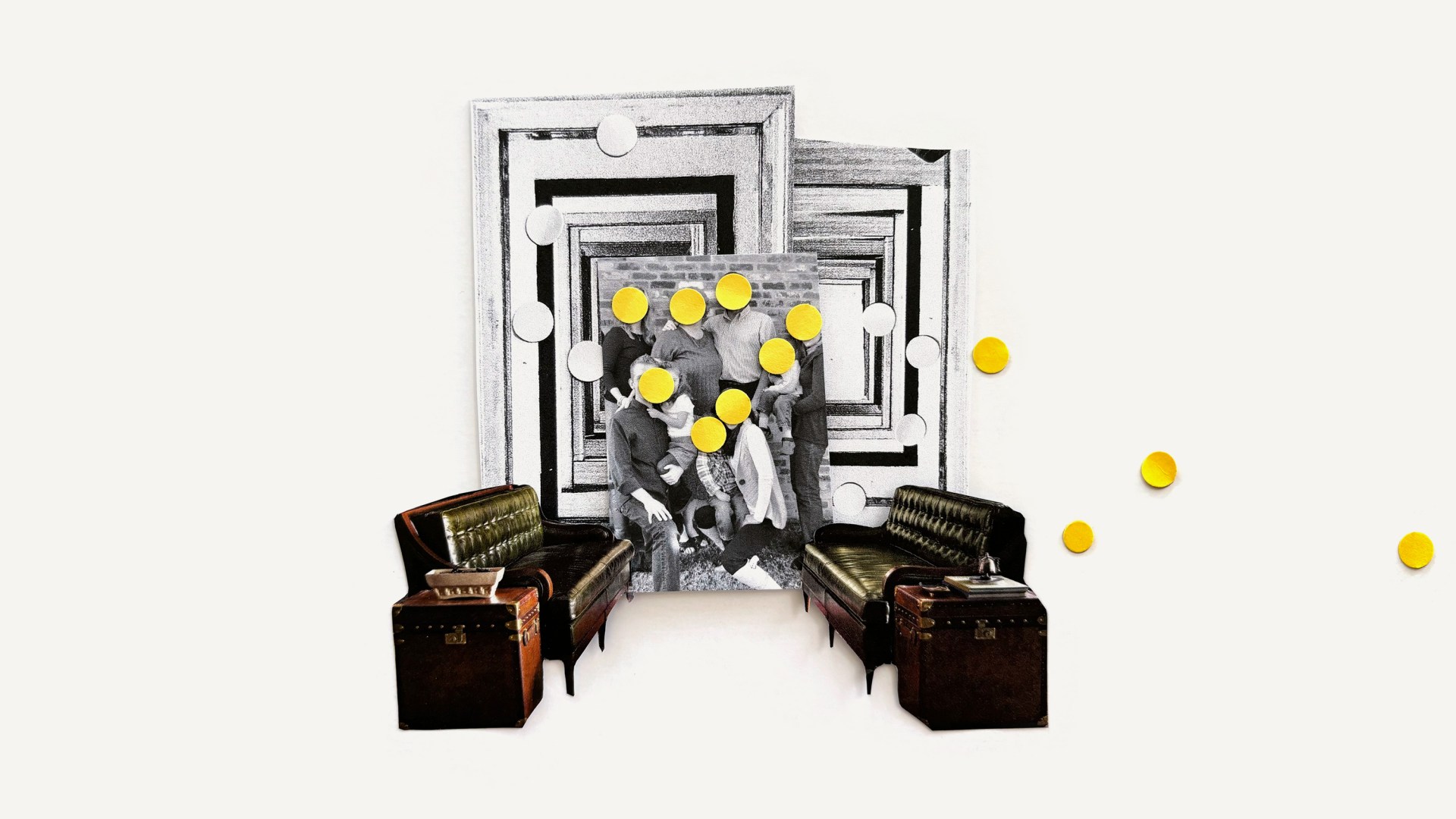The world has been profoundly broken for some time—really since the beginning of time—but doesn’t it feel particularly broken right now?
Social media and 24-hour news ensure our amygdalae and nervous systems get little relief before the next injustice or tragedy arises. These passing issues are serious and real, but they come at us like kindling. They burn quickly and turn to ash before we can grasp them, and the next issue lights the next fire.
Now, at the end of 2024, we find ourselves on the heels of another divisive presidential election and its side effect: the brink of permanent overwhelm. The culture wars and infighting distract us from long-term, complex issues like child poverty, trafficking, and the foster care crisis, to name just a few.
If we’re not careful, this barrage of news becomes the wrong constant companion. David reminds us in Psalm 139 that God is with us no matter where we go, but sometimes the brokenness and overwhelm become an accidental substitute for his presence. We might end up rewriting David’s words:
Where can I go from your problems? Where can I flee from the issues? If I go to social media, you are there; if I turn on cable news, you are there. If I make my bed on the far side of the sea, even there you hold me fast.
Some people solve this overload by adopting a permanent state of outrage. Even if it’s justified, it risks putting us into a spiral of self-righteousness. It feels good, but it often doesn’t change anything. It gives us someone to blame, someone we feel we can treat without nuance. It turns humans into two-dimensional caricatures.
Other people cope with the onslaught of brokenness through ignorance. They stay uninvolved, like the man in the Parable of the Good Samaritan (Luke 10:26–37) who asked Jesus, “And who is my neighbor?” and did not like the reply of the person in need. Both approaches are what we call “attempted solutions” in my field. They either change nothing or make the problem worse.
But there is another path forward, and the Advent season is a good time to walk it. When we first think of Advent, many of our minds go to anticipation. We anticipate the coming hope of Jesus—the already and the not yet. I’ve always appreciated and reflected on John 1:5 during the Advent season: “The light shines in the darkness, and the darkness has not overcome it.”
But Advent provides something else: a reminder on bleak, overwhelming days that the gospel is local. Jesus was born into a specific zip code, and that place was soaked in systemic injustice and downward-trending statistics.
Herod was so unhinged that the whole city’s mood had become enmeshed with his. “[Herod] was troubled,” writes Matthew, “and all Jerusalem with him” (2:3, ESV). The people were on edge because their well-being was linked to Herod’s whims. Rome was no picnic: It wielded its sword right next to extreme taxation, offered peace at the threat of death, and was conquering and enslaving as much as it was innovating and building. The place where Jesus was born was profoundly marginalized, poverty-stricken, and traumatized.
It helps me in these anxious times to remember that Jesus came to save the world—of course—but he focused on his particular place. His hyperlocal ministry began the astonishing spread of a kingdom that is still spreading in 2024. Jesus’ ministry thrived in a broken locale. People came to faith, they were healed, and they were deployed to make a difference.
When I focus on the people and events around me locally, I find much evidence of God’s goodness. In my own church, rather than getting bogged down by every single issue, we’ve focused on two efforts: care for foster and adopted children and affordable housing. Both are complex and long-term needs. We’ve encountered significant setback and discouragement in our efforts, but we’ve kept it local and have seen remarkable progress. Other congregations work with prisoners or unhoused people or domestic violence survivors. We’ll help anyone who comes through our door—in fact, we’re known for that in our city—but we focus our efforts on those two primary systemic issues. We cannot tackle every injustice, but we can move the needle on a couple in a meaningful way.
What about problems on the other side of the world? Should we stay just in our zip code? Not at all! If we travel the globe to share the gospel, we know that when we arrive, we will focus on a particular place and people, just like we do at home. We collaborate with those who live there long-term and join what God has been doing well before we arrived.
Focusing on outrage-causing issues, reading the statistics, and ranting on social media won’t feed a child or rescue a trafficked person or help a teen who’s aged out of the foster system. But efforts rooted in a hyperlocal gospel can accomplish these things, and God is pleased to use his global church as we attend to the few in front of us.
Madeleine L’Engle once wrote,
[Someone] passionately interested in the cause of the … leper, very carefully avoids speaking to the leper in his path, in order to get on with the cause. And it occurs to me that Jesus couldn’t have cared less about the cause or rights of the leper. … Jesus stopped. And healed. And loved. Not causes, but people.
I am grateful for those who are called to policy work and focus on larger systemic issues. We need those people. But for most of us, the path is local.
In the Gospels, we discover that Jesus really didn’t speak about systemic issues, and he didn’t tackle Herod or Rome. Born into a highly anxious and broken culture, Jesus submitted to his own creation. He kept his ministry hyperlocal, to the person in front of him. As we enter the Advent season, let’s cast our eyes away from the beckoning of outrage and instead on the one who is coming as we focus on the few in front of us.
Steve Cuss is the host of CT’s podcast also called Being Human.












